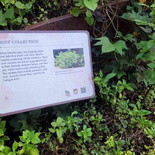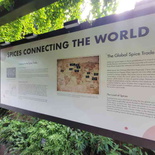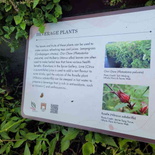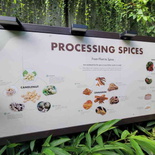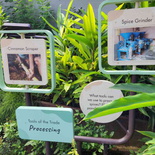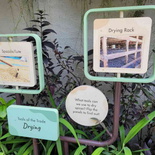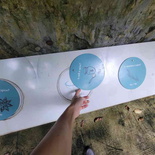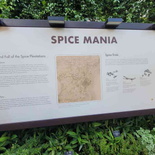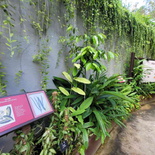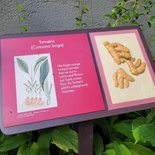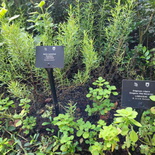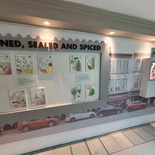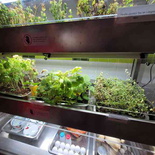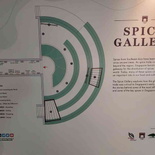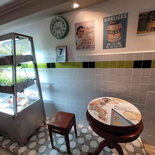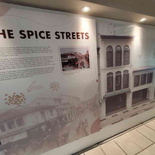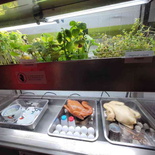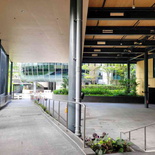Fort Canning outdoor Spice Gallery garden is a new small educational outdoor garden display covering the spice trade in Singapore and the region.
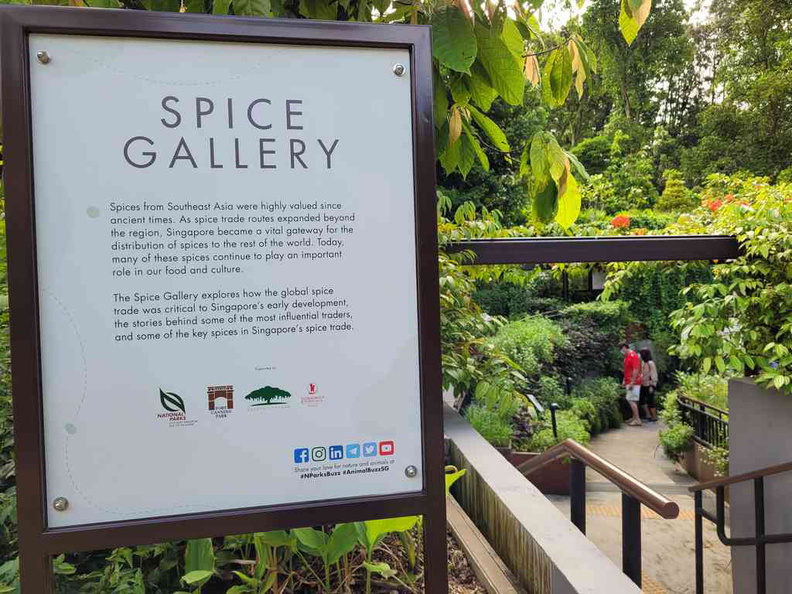
Furthermore, the display compliments the larger Fort Canning spice garden. This Spice Garden, which is growing year-on-year currently sits at about to 3,200 square metres. Presently, the entire garden grounds features more than 180 varieties of plants, making it Singapore’s most diverse spice garden.
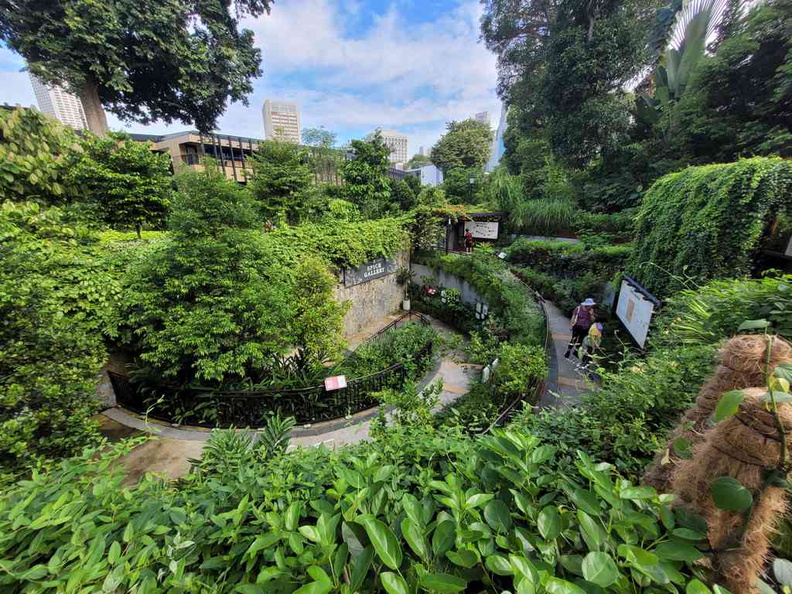
Also, the garden and Fort Canning estate used to be the seat of power for Malay Kings in the 14th century. Under the rule of the British in 1822, the gardens became the first botanical and experimental garden in Singapore.
Spice or herb. What is the difference?
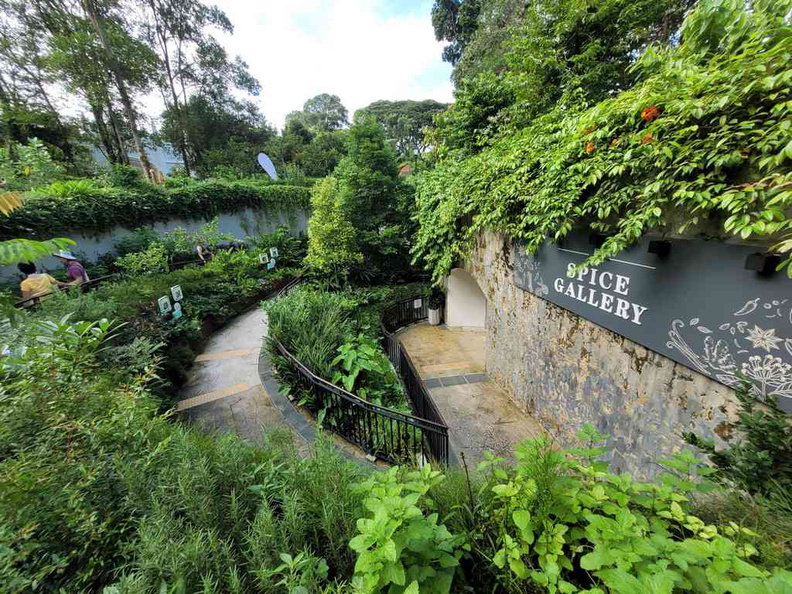
Moreover, the Spice gallery is located on the eastern side of the Fort Canning park. This small sector of the Spice Gallery comprises the former pedestrian ramp and underpass across Canning Rise. The path which the spice garden connects to, and runs parallel in the north south directions.
Additionally, there, I got to learn what are the differences between a spice or herb. Both are staples in classic or even modern cuisines. Herbs are derived from the use of a plants leaves. Usually, leafy greens not as staple ingredient but in small amounts usually to add aroma and flavour. It does spice up the dish quite a fair bit.
Along the walkway is a side planter housing a variety of real plants. You can find elaboration informatic board explaining in English about the various types and processes needed to process the plant parts fits for consumption in our cuisines.
Also, speaking of spices, a spice usually comes from non-leafy parts of a tree. Examples include bark and roots of a tree. These spices are ground down typically by spice machines into powder form for consumption or part of supplementary spice remedies.
An Aromatic experience
Moreover, the exhibits are in the open and not sheltered from the rain and elements. It goes down in a spiral walkway. Also, there are notable areas for climbing plants which spans overhead over the walkway.
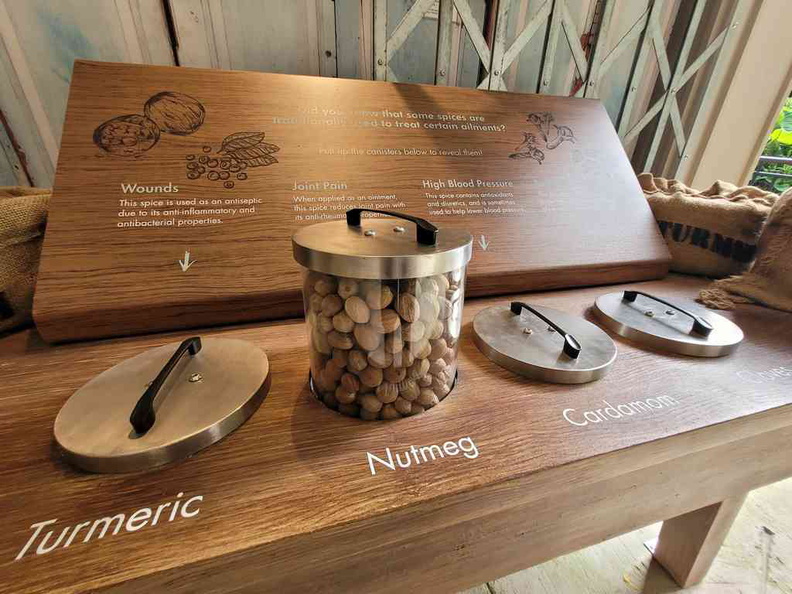
Also, just like the greater spice garden which covers the east side of Fort Canning Park, the walkway area at the spice gallery here can get pretty aromatic with all the various herbs growing by the walkway. The walkway is partially shaded, making it more bearable for mid-day visits.
Subsequently, the galleries end into the basement underpass which connects to the SMU campus and library dome building. You can recognize the library building by the large glass dome structure, called the Kwa Geok Choo Law Library.
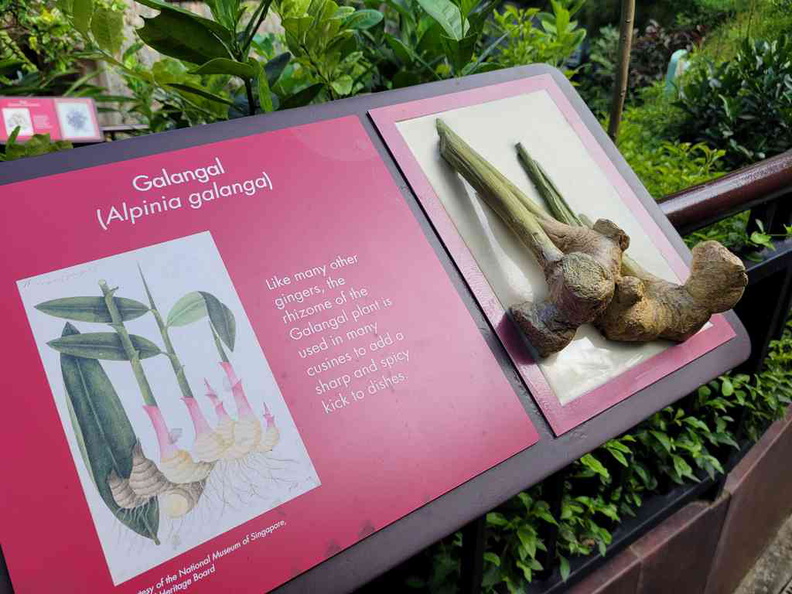
A spice trade hub
Moreover, this sheltered basement area teaches about Singapore’s position as a global trading hub. You can read on how people in this global spice trade, trade spices on the streets of early Singapore. Furthermore, spices in food has an Asian origin, fuelled by the spice trade. It formed a core business of the East India Company which were operated by the British in Singapore back in the day.
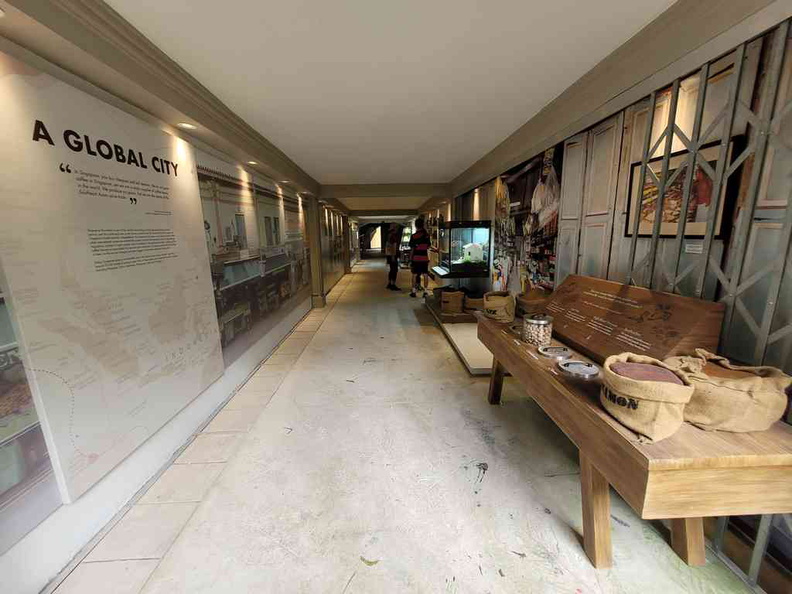
There are also trivia boards with riddles and answers behind flip boards. Also, to illustrate the point, you can also find a hydroponics mini farm here. The indoor gardening set-up with the use of indoor artificial LED lights, showcasing the use of technology in gardening. Also, it teaches about the “plant anywhere” idea of urban farming. This was conceived to sustain Singapore food needs, including growing of herbs and spices.
Wrapping up, here you can find a selection of wall-mounted exhibits. It covers how the spices and herbs used in food and culinary endeavours in the immediate region. Also, you are introduced to some samples of spices in cuisine and trade, as well as spice of the month. When done, you can carry on into the SMU campus or backtrack your way back up the ramp where you started from.
All in all, the Fort Canning spice garden is a nice side exploration piece to catch. Whether you are in Fort Canning Park or when you are catching out the permanent exhibits within the air-conditioned galleries of the Fort Canning center and its Heritage gallery permanent exhibitions.

